

Biodegradable packaging is revolutionizing sustainability like never before. You won’t believe what’s possible when nature itself becomes your packaging solution.
This shift toward eco-friendly materials is more crucial now than ever. With environmental concerns escalating, understanding how biodegradable options can make an impact is vital.
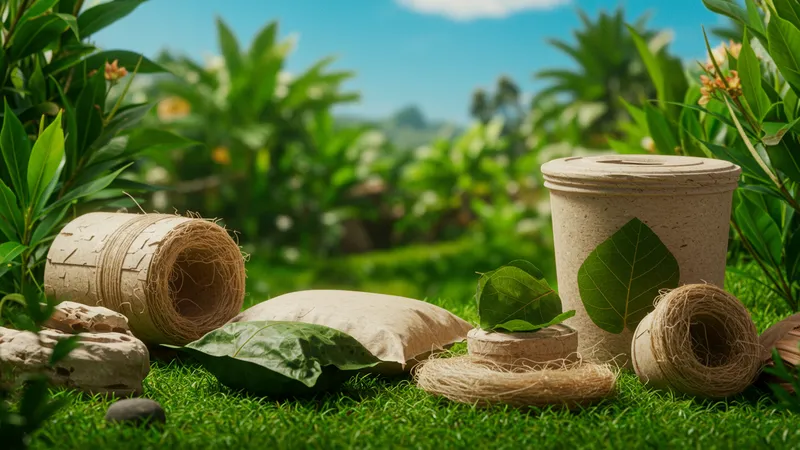
It might shock you, but traditional plastics take hundreds of years to decompose, while biodegradable alternatives dissolve in a fraction of the time, often under two years. That’s decades shaved off! But that's not even the wildest part...
Surprisingly, most consumers are unaware that biodegradable packaging can introduce nutrients back into the soil as it breaks down. It’s not just disappearing waste; it’s giving life. But there's more beneath the surface…
Could shifting to biodegradable materials mean more than reducing garbage piles? What happens next shocked even the experts, compelling a deeper look into the real impacts of this transition.
Biodegradable packaging could cut global plastic pollution in half if universally adopted. With over 300 million tons of plastic produced annually, the stakes are high. The ripple effects of shifting to this greener path could transform urban landscapes. But there's one more twist...
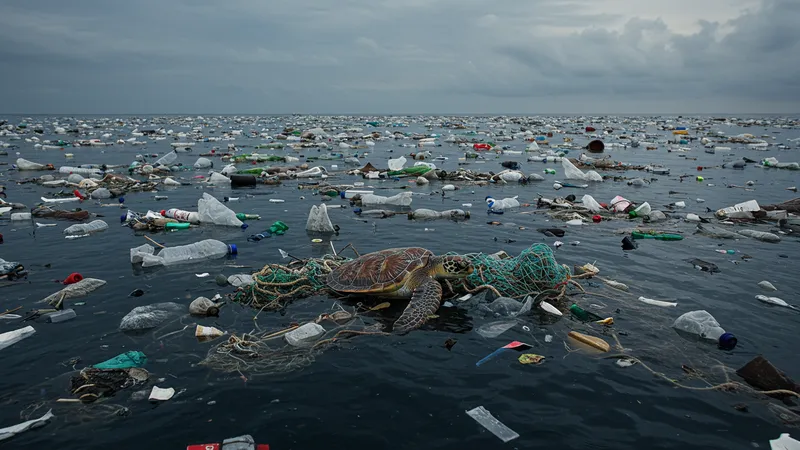
Countries leading in biodegradable initiatives, like Germany and Japan, report significant waste management improvements. These nations have slashed landfill rates by adopting eco-friendly packaging—and it’s not just the government that benefits. Businesses are seeing the rewards too. But there’s something even more surprising…
While these advancements sound promising, not all biodegradable products are created equal. Some biodegradable materials require specific conditions to break down effectively, revealing a hidden complexity in the transition process. What you read next might change how you see this forever.
In some regions, consumers are misled about what “biodegradable” entails, causing mismanaged waste disposal. This misunderstanding could ironically lead to more pollution. Yet, untangling this issue lies in education and transparency. Keep reading, there's more to uncover.
Initially perceived as expensive, biodegradable packaging's long-term cost-effectiveness is gaining attention. Reduced disposal fees and enhanced brand perception often offset initial material costs, creating a net positive for many companies. But the financial dynamics don't end there...
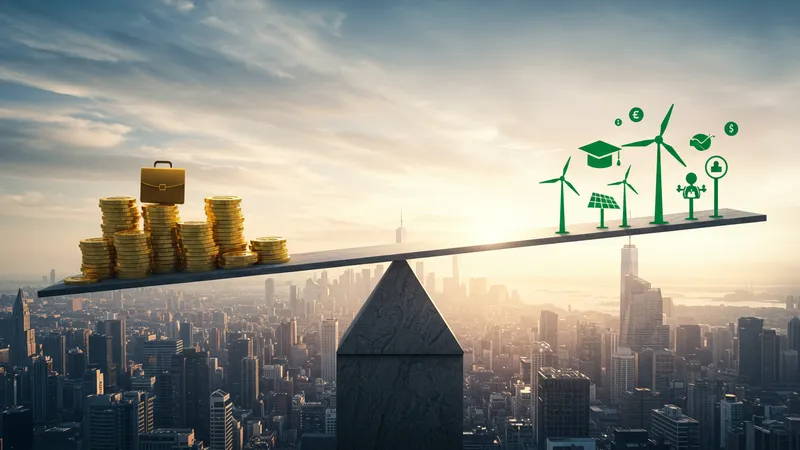
Small businesses particularly stand to gain, with increasing consumer preference for sustainable brands. Studies suggest businesses that adopt biodegradable options can enhance revenue streams by up to 30%. This trend could redefine competitive landscapes, but there's a catch...
Despite promising trends, scalability remains a challenge for many producers, affecting supply chains. Bridging this gap requires innovation in materials and processes. What comes next reveals how companies are overcoming these hurdles.
While some businesses struggle with this transition, others spearhead innovations that simplify adoption. Eco-friendly startups are pioneering methods to fuse biodegradability with affordability, proving that economic growth and sustainability can indeed coexist. And that's not the only revelation…
While consumers express a strong preference for eco-friendly options, confusion lingers over the benefits of biodegradable packaging. Only 42% realize it reduces landfill impact significantly. Are we on the brink of a consumer education revolution? But this is just one side of the story...
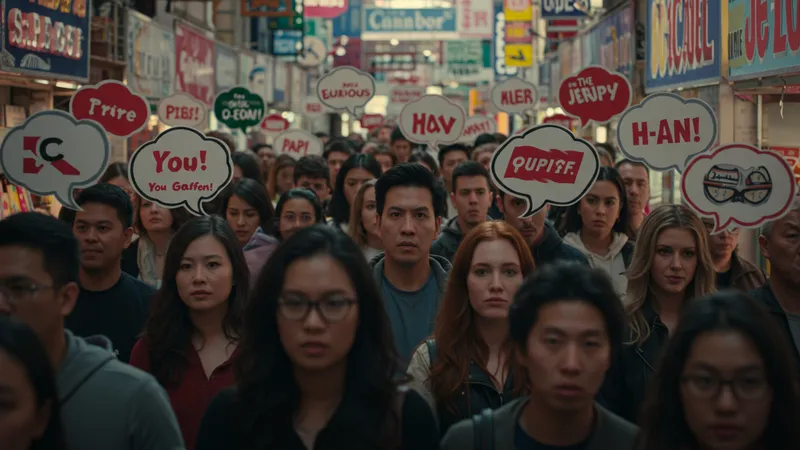
Despite noble intentions, many consumers don’t differentiate between “biodegradable” and “compostable”, leading to improper disposal. Clarifying these terms could significantly reduce environmental impacts. The solution might be simpler than you think...
Retailers that provide clear instructions on disposal see a marked increase in product satisfaction. This highlights the pivotal role of brands in educating buyers. But there's another angle to consider...
Informed consumers are not just good for the planet; they empower businesses to innovate more effectively. How does this newfound knowledge drive industry trends? The answer lies in subsequent pages.
A major misconception is that biodegradable packaging only reduces waste. In reality, its production emits fewer greenhouse gases, thus contributing positively to climate change mitigation. This benefit often goes unnoticed, but what's truly extraordinary is yet to come...

The decomposition process of biodegradable materials can enrich soil, acting as a natural fertilizer. This unexpectedly turns waste into a resource fostering agricultural productivity. Could this be the green transformation agriculture has been waiting for? That's not all...
Introducing biodegradable options in urban planning has shown to improve urban greenery by promoting composting initiatives. This urban renewal presents unexpected ecological and social benefits, but it doesn't stop there.
Communities embracing biodegradable initiatives often experience enhanced biodiversity, supporting urban wildlife. This showcases the potential for biodegradable packaging to extend benefits beyond waste reduction. But there's a final twist to explore...
The development of biodegradable substrates using algae, mushrooms, and agricultural residues marks a new era of innovation. These alternatives promise sustainable production methods that are both eco-friendly and economically viable. But they hide even more secrets...

Researchers are discovering how these materials can be optimized for longer shelf life while maintaining their decomposition properties. Could this balance of durability and degradability define the future of packaging? But the revolution doesn’t end here...
Emerging technologies are aiding in the creation of smart biodegradable materials that change color to indicate product freshness—a breakthrough for industry and consumers alike. What other innovations lie ahead?
As more companies invest in research, the race to develop the next generation of biodegradable materials intensifies. These efforts promise to redefine traditional manufacturing processes entirely, indicating an exciting path forward for the industry.
Governments worldwide are crafting policies favoring biodegradable options, resulting in a significant legislative push toward sustainability. These laws are creating rippling effects across industries, yet it's just the beginning...
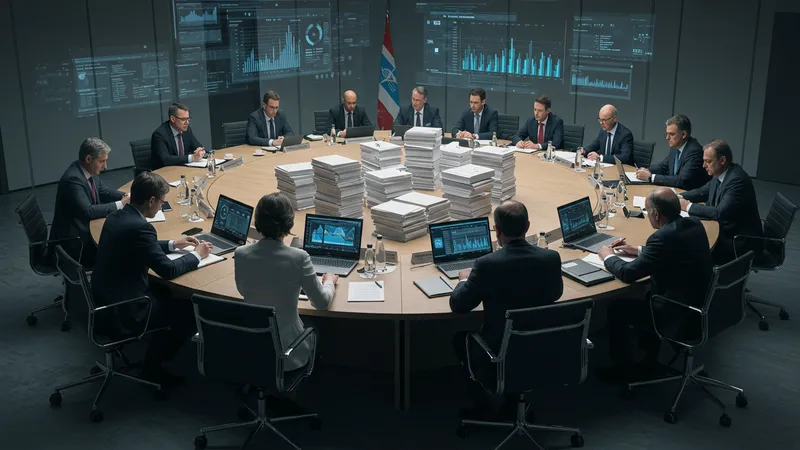
Countries setting high ecological standards witness decreased environmental degradation and improved public health outcomes. Can other regions match this ambition? The impact on global standards might be surprising.
However, not all policies achieve the intended impact due to weak enforcement. A call for tighter regulations and international cooperation grows louder. Could this be the key to unlocking widespread change?
The momentum fueled by policy shifts signifies a crucial turning point, yet achieving uniformity across differing global regulations presents challenges. How these barriers are managed will guide the future trajectory of biodegradable packaging.
The biodegradable packaging market is projected to grow exponentially, driven by consumer awareness and regulatory pressures. But what’s driving this momentum sky-high?
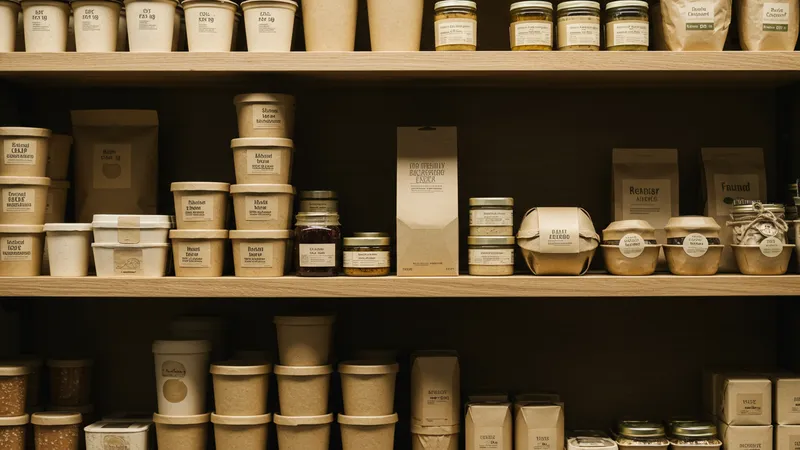
In the last five years, investment in sustainable packaging rose dramatically, with venture capitalists eyeing eco-friendly startups as lucrative opportunities. Can this influx of capital shape the next powerhouse industry?
Brands adopting sustainable trends observe improved consumer loyalty, marking biodegradable packaging as a hallmark of corporate responsibility. The question remains, will this trend become the new norm?
As the market dynamics continuously shift, collaboration across sectors becomes vital in maintaining momentum and addressing upcoming challenges. What strategic alliances could redefine the packaging industry?
The science of biodegradation involves microbes breaking down materials through natural processes. But what occurs on the microscopic level to convert waste into benign substances?
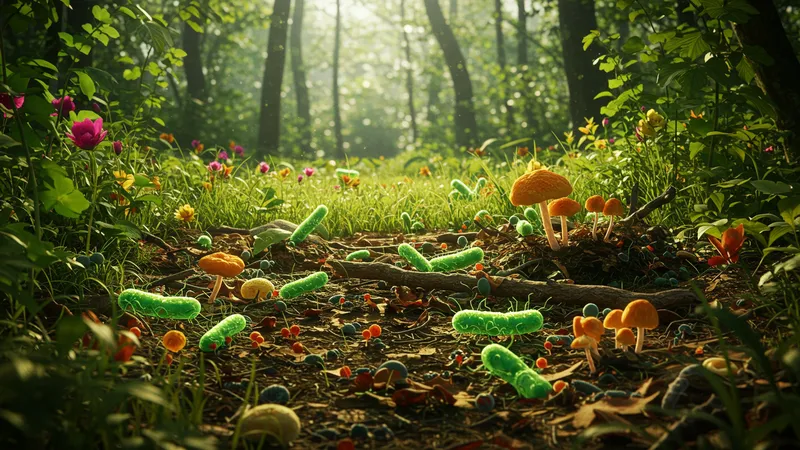
Different materials biodegrade at different rates based on their chemical composition. Understanding these nuances is crucial for optimizing packaging solutions. But there’s more to the science story...
Ongoing research explores enzyme-based biodegradation, offering prospects for speedier decomposition rates in varied environments. Could these scientific breakthroughs reshape practical applications?
As we uncover more about nature's capabilities, the potential for synergizing technology and biodegradation becomes increasingly promising. What futuristic applications await discovery?
Despite the many advantages, hurdles remain in embedding biodegradable practices into mainstream packaging. What barriers block this eco-evolution?
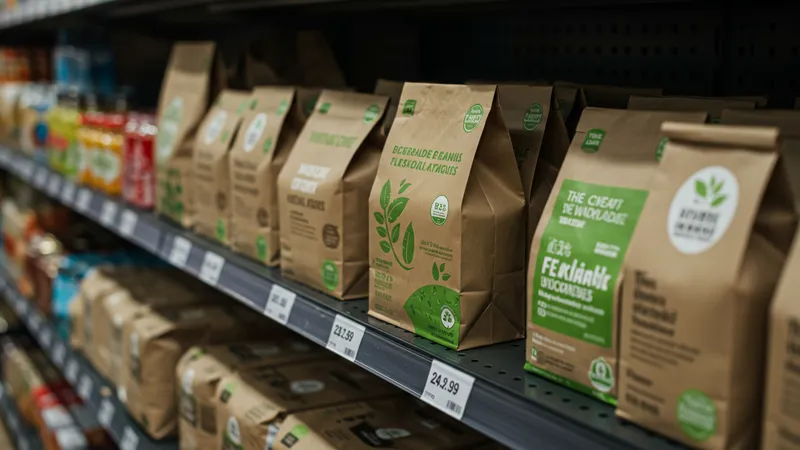
Cost concerns and consumer skepticism pose significant challenges. Can industry-wide transparency address these issues, strengthening consumer trust?
Efforts to streamline supply chains for biodegradable packaging face logistical impediments. However, innovative solutions are emerging to counteract these challenges. What's the industry’s next move?
The necessity to overcome these adoption barriers is apparent, calling for creative problem-solving to ensure a sustainable future. How will we rise to meet this critical demand?
Exploring success stories offers insights into effective practices and potential pitfalls. Which industry pioneers lead the way?
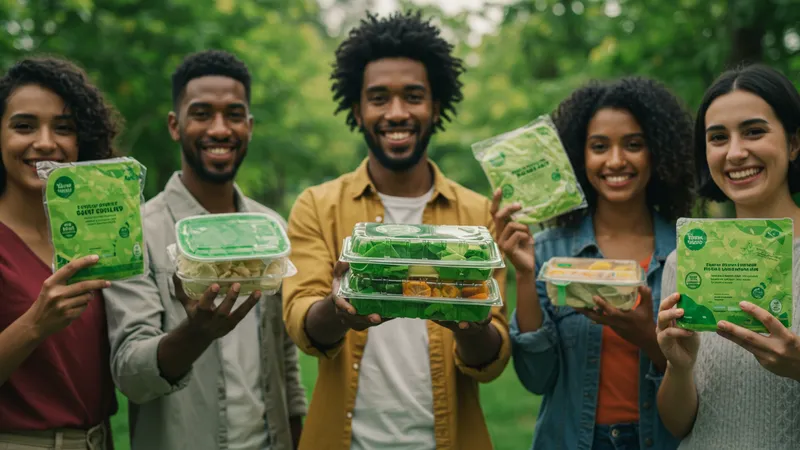
A prominent beverage company's shift to biodegradable plastic reduced their environmental footprint by 40%. How did they achieve such a feat?
Small businesses embracing eco-friendly practices have garnered significant attention, redefining market positioning. What lessons can be learned from their journeys?
Analyzing these case studies reveals strategic initiatives and industry-shaping trends that inform future actions. What implications do these have for upcoming endeavors?
Beyond traditional packaging, biodegradable materials are being adopted in unexpected areas, from electronics casings to disposable cutlery. What drives this expansion?
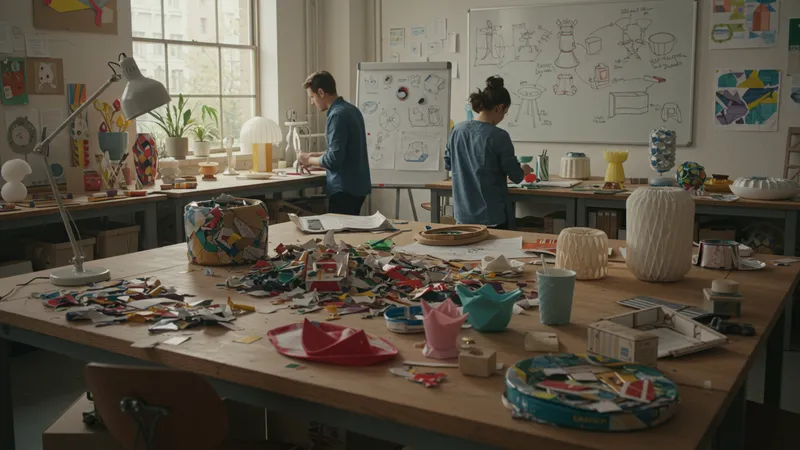
One fascinating application involves using biodegradable materials in agriculture to enhance soil health. Could this redefine traditional farming practices?
The adaptability of these materials allows for diverse uses, broadening the scope and potential of biodegradability. How far can we push these boundaries?
The innovative uses of biodegradable materials demonstrate their versatility, paving the way for unforeseen applications that redefine industry standards. What's the next frontier?
Looking forward, the global shift towards sustainability suggests biodegradable packaging will play an integral role in environmental strategies. What exciting advances await us?
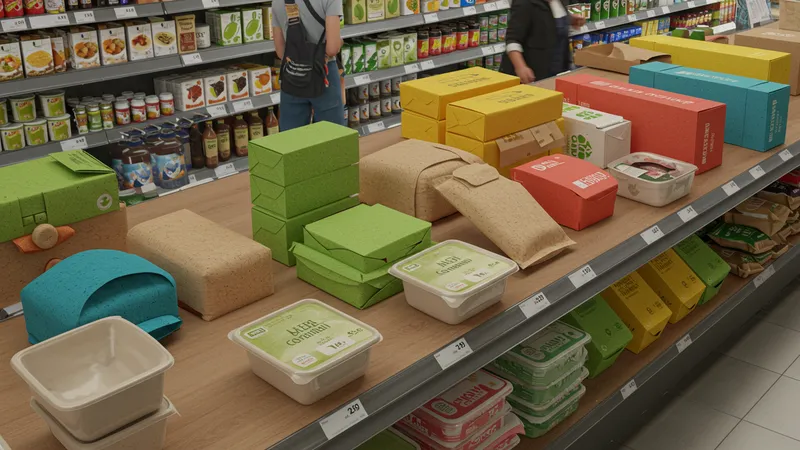
Experts predict advancements in material science could unveil new eco-friendly composites that enhance performance without compromising sustainability. Could this balance revolutionize industries?
The evolving relationship between technology and sustainability promises transformative changes in packaging, influencing both production and consumption models. What's on the horizon?
Continual innovation and adaptation ensure biodegradable packaging will continue shaping global markets. Are we ready to embrace these opportunities?
The journey through biodegradable packaging unveils a promising shift towards a greener future. It’s a journey marked by innovation, challenges, and triumphs, yet this is not where it ends.
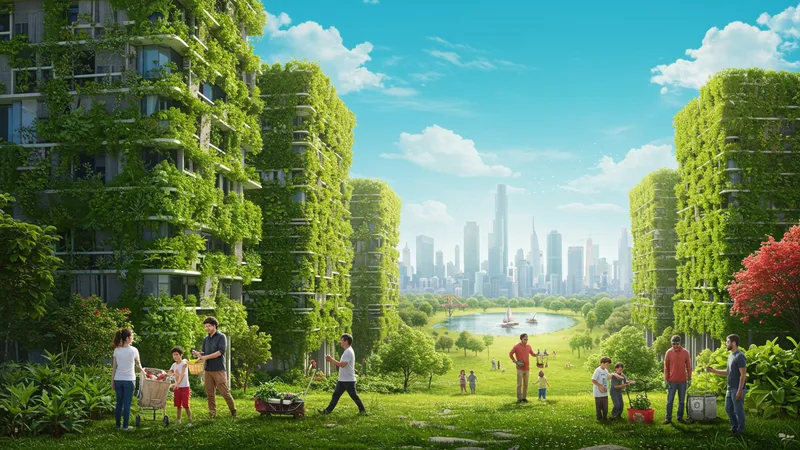
Every individual and business can contribute to this crucial transition by choosing and advocating for sustainable options. Will you be part of the change?
The compelling narrative of biodegradable packaging exemplifies the potential for sustainable solutions to redefine industries. It's time to act, engage, and share this knowledge to bolster collective efforts toward environmental preservation. Be the catalyst for change in your community and industry.